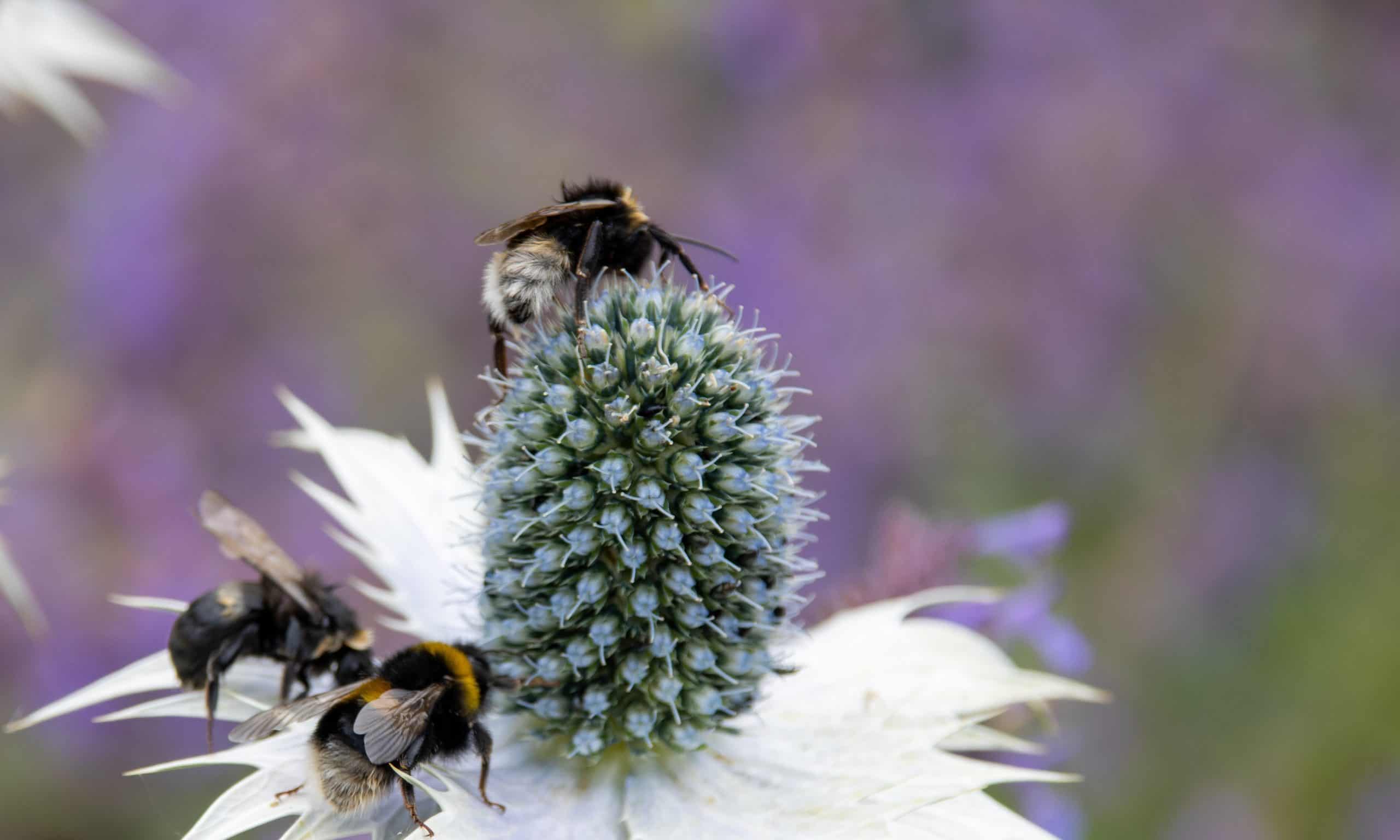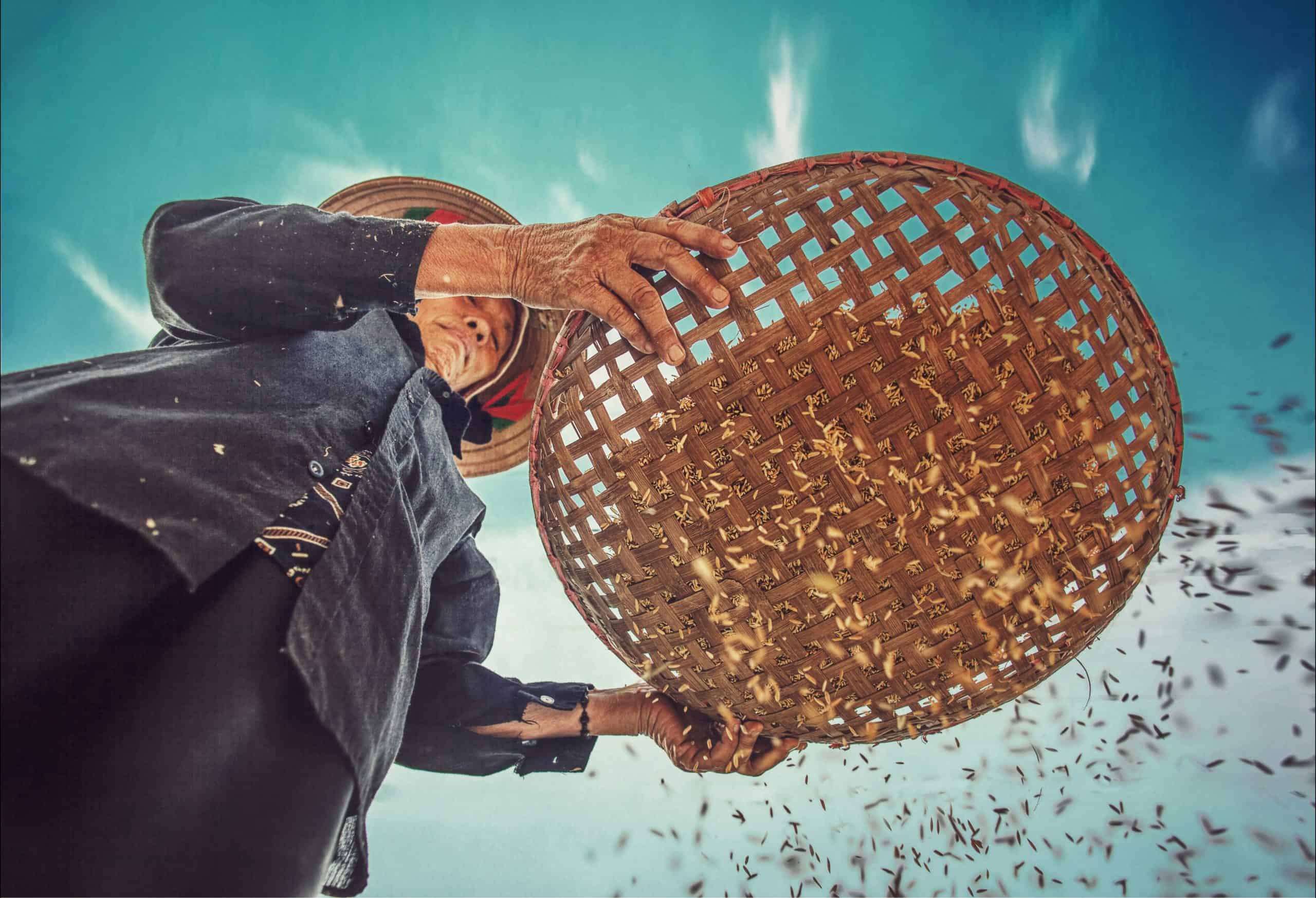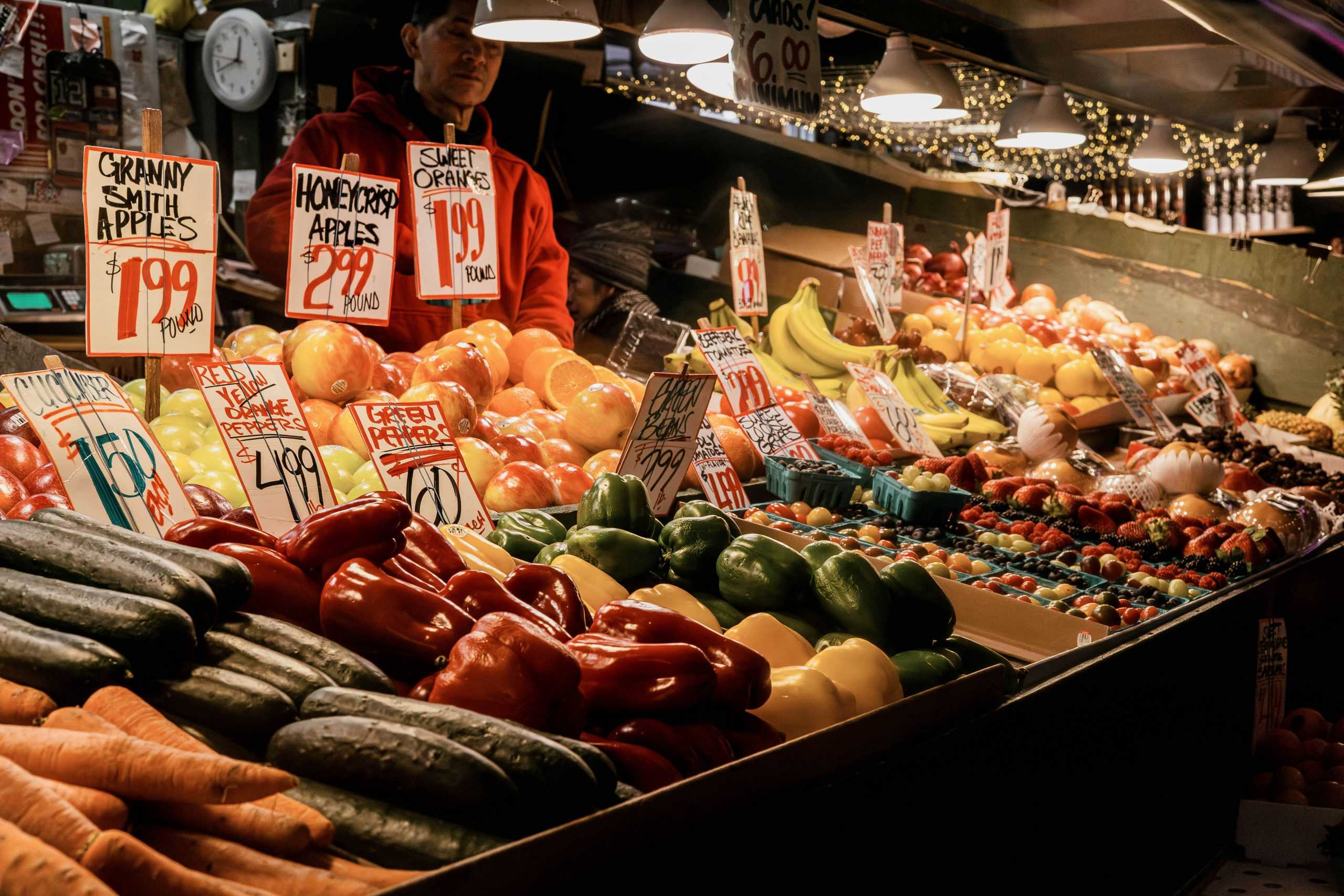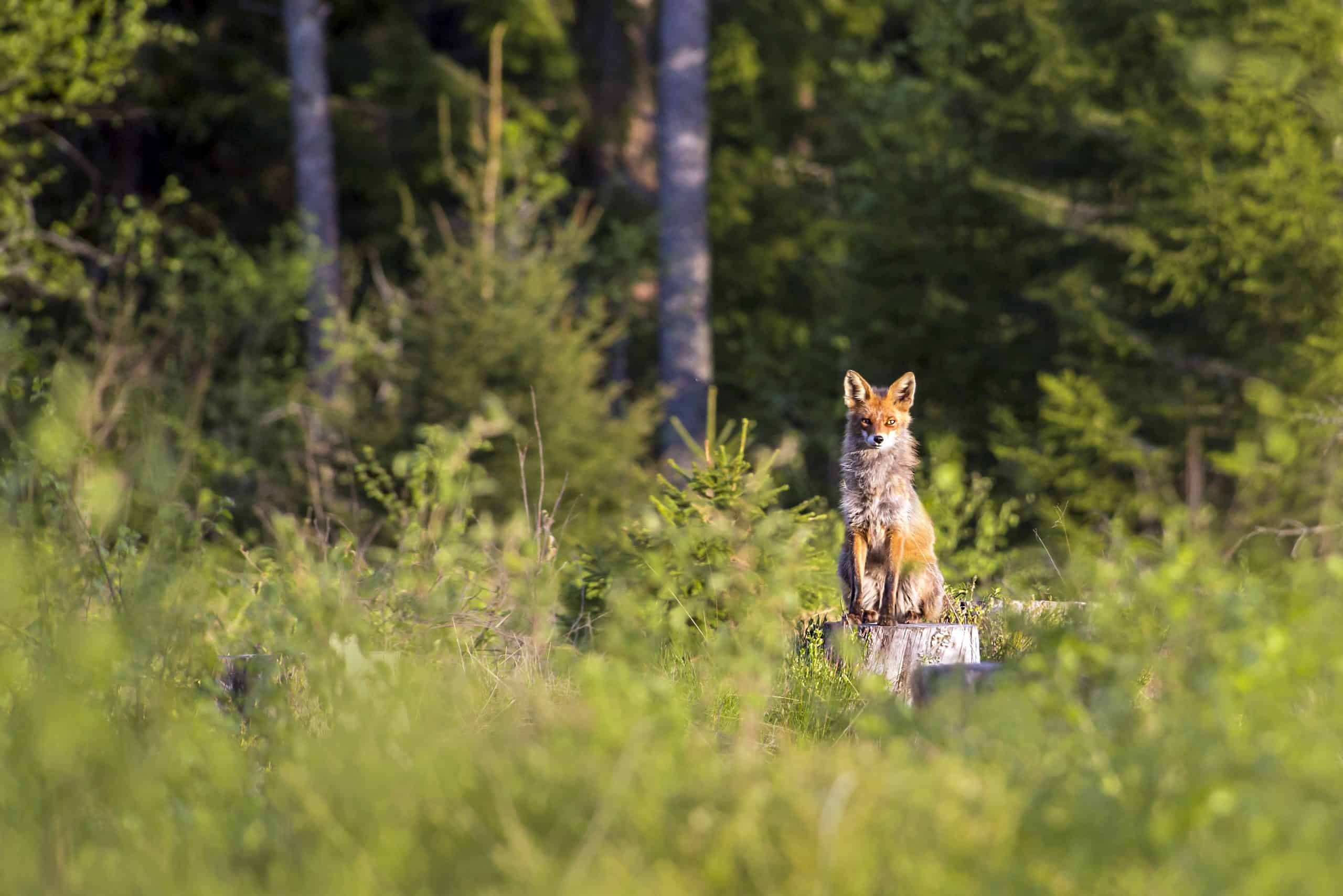Aquatic food systems, particularly shifting from carnivorous aquaculture to low-trophic and extractive aquaculture, can significantly contribute to climate change mitigation efforts. For instance, scope 3 emissions in salmon farming can account for over 80% of all GHG emissions while feed alone accounts for approximately 40% of Scope 3 emissions. Instead, seaweed farming sequesters CO2 and provides a sustainable source of food and biofuel.
Furthermore, effective fisheries management plays a crucial role in maintaining marine biodiversity and enhancing the ocean’s capacity to sequester carbon, further mitigating climate change. Just by ending the practice of overfishing, we could store the same amount of carbon as 6.5 million acres of forest each year. Additionally, certain gear modifications, such as elevating trawl nets off the seafloor, can improve animal welfare, avoid damaging the marine environment, and reduce fuel consumption.
Measures
- Support low-trophic and extractive aquaculture (e.g., seaweed and shellfish farming) systems that are less intensive and more sustainable.
- Encourage the use of alternative feeds that do not rely on wild fish populations to reduce the demand for fishmeal and fish oil to the minimum extent possible.
- Implement strict standards for aquatic animal welfare in aquaculture, including humane handling, transportation, and slaughter practices.
- Establish guidelines to minimise the impact of aquaculture on surrounding ecosystems. This includes preventing nutrient pollution, managing effluents, and ensuring that the introduction of non-native species does not disrupt local biodiversity. Doing so would be consistent with the Kunming-Montreal Global Biodiversity Framework, in particular Target 7, which aims to reduce pollution to levels that are not harmful to biodiversity.
- Apply a precautionary approach to prevent overfishing by fishing below the maximum sustainable yield.
- Adopt technologies and practices that minimise bycatch, such as using selective fishing gear and bycatch reduction devices.
- Implement measures to support the recovery of overfished populations. This can include creating no-take zones, seasonal closures, and habitat restoration projects.
- Promote and enforce the use of technologies that improve the welfare of wild-caught fish (low-impact fishing methods, gentle handling practices on fishing vessels and quicker, more humane killing methods).
This measure aligns with Target 10 of the Kunming-Montreal Global Biodiversity Framework, which calls for sustainable management of fisheries to enhance biodiversity and ensure the sustainability of fish stocks.
Examples
National Plan for Algae Cultivation in Chile: Chile’s National Plan for Algae Cultivation promotes sustainable seaweed farming, which plays a crucial role in carbon sequestration. Seaweed farming contributes to climate change mitigation by absorbing CO2 and providing habitat for marine species. The plan focuses on sustainable harvesting and cultivation practices, ensuring the long-term viability of the industry while supporting local economies and environmental goals. Read more here and here.
Norway has established specific regulations focusing on environmental sustainability and animal welfare in aquaculture. The Animal Welfare Act ensures the well-being of aquatic animals by mandating humane treatment and setting standards for their care. Additionally, Norway’s legal framework for aquaculture emphasises sustainable practices that minimise environmental impacts, such as controlling pollution and managing resources effectively. These regulations serve as an example for other countries to adopt similar measures to reduce the environmental pressure of aquaculture on biodiversity. Read more here and here.
Australia has implemented several bycatch reduction initiatives to minimise the impact of its fishing activities on biodiversity, thereby contributing to climate and environmental goals. Notably, the use of Turtle Excluder Devices (TEDs) in prawn trawling and bird scaring lines in longline fisheries has been mandated to protect non-target species such as turtles and seabirds. These measures, outlined in the Northern Prawn Fishery Bycatch Strategy 2020-2024, demonstrate how adopting targeted technologies can reduce the environmental impact of food systems, making them a relevant example for inclusion in NDCs. Read more here and here.







